Ensure smooth water flow and prevent blockages with our expert drainage services in Dubai. From installation and cleaning to repair and maintenance, our team provides fast, efficient, and affordable solutions for residential and commercial properties.We handle all types of drainage work — pipelines, sewage systems, and stormwater drains. Our skilled technicians use advanced tools to deliver reliable and long-lasting results. 24/7 emergency service available across Dubai.We provide complete drainage solutions across Dubai, including installation, cleaning, and repair. Our experienced team ensures fast and efficient service to keep your drainage system running smoothly and free from blockages.
Home > Drian Work
Drian Work
A well-planned system also considers soil type, slope of the land, and rainfall intensity. For instance, clay soils hold water longer and require stronger subsurface systems, while sandy soils drain faster and may only need surface-level correction.
We Provide Best Quality Service
Professional working
Protecting Anything
The role of drainage in protecting property and the environment
If your property lacks a proper drainage plan, even a light rain could cause serious water accumulation. That’s why proper design and regular maintenance go hand-in-hand when it comes to keeping your drainage functional.
Why Proper Drainage Is Essential
It’s easy to underestimate how important good drainage
Warranty & Maintenance
Water that pools near a house’s foundation seeps into cracks and weakens
Professional Drainage Work Services in Dubai

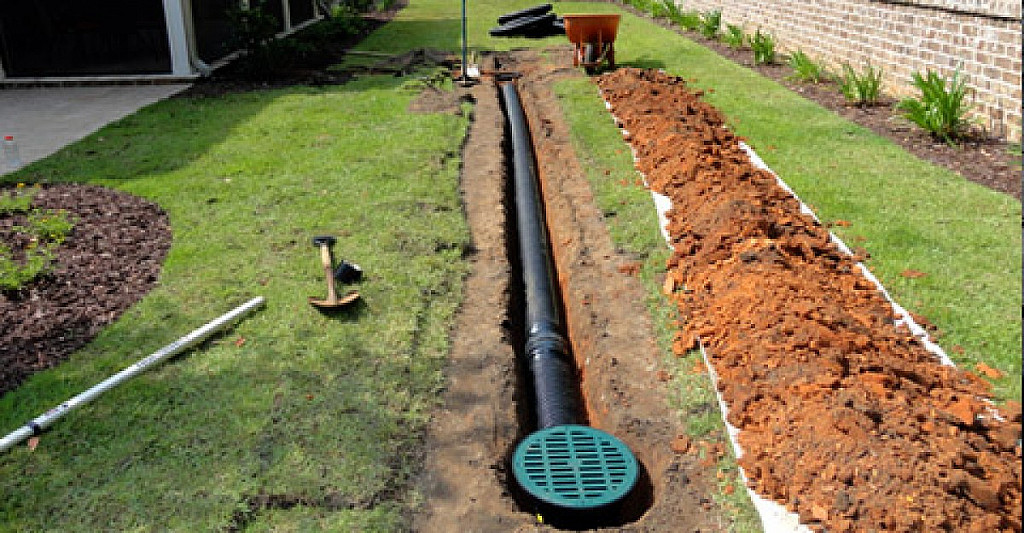
Drainage Work
Have you ever noticed rainwater pooling around your home after a storm? Or maybe your garden turns into a swamp every time it rains? If so, you’ve already seen the effects of poor drainage. Drainage work is one of the most important, yet often overlooked, aspects of property maintenance. It ensures that excess water flows away from buildings and landscapes instead of causing damage.
A well-designed drainage system protects your foundation, prevents soil erosion, reduces flooding risks, and keeps your surroundings clean and healthy. Without it, stagnant water can breed mosquitoes, damage plants, and even lead to structural problems like cracks and damp walls.
Whether you own a home, manage a commercial space, or simply want to maintain your garden, understanding how drainage works—and how to keep it in good condition—is crucial. In this guide, we’ll explore everything from basic drainage types to professional installation, DIY maintenance tips, and eco-friendly water management solutions.
Understanding Drainage Systems
At its core, a drainage system is designed to remove unwanted water efficiently. There are two main types: surface drainage and subsurface drainage.
Surface drainage handles rainwater that collects on the ground. This includes gutters, ditches, open channels, and storm drains that guide water away from your property.
Subsurface drainage, also known as underground drainage, deals with excess water that seeps into the soil. It uses perforated pipes or gravel trenches (like French drains) to redirect water below the surface.
Every drainage system consists of key components—drainage pipes, catch basins, slope gradients, filters, and outlets. Each part works together to control the flow and direction of water.
Expert Drainage Repair and Maintenance in Dubai
From fixing leaks to clearing clogged drains, we handle all types of drainage work with professionalism and care. Our technicians use modern tools and methods to deliver quality results you can trust

Our Services
All Types Of Repair Service Provide
Offering complete repair solutions for your home and business

Renovation Service
Transform your space with our professional renovation services. We upgrade homes, offices, and commercial spaces with modern designs, quality materials, and expert craftsmanship.

Electrical Service
Our certified electricians provide safe, reliable, and efficient electrical services for homes and businesses. From wiring and lighting to repairs and installations

Plumbing Service
We provide fast and reliable plumbing services for homes and businesses. From fixing leaks and clogged drains to installing new fixtures, our experts handle every job with care and precision

Drianiger Work
Ensure proper water management with our expert drainage services. We specialize in installing, repairing, and maintaining efficient drainage systems for homes, offices, and commercial properties. Our team uses high-quality materials and modern techniques
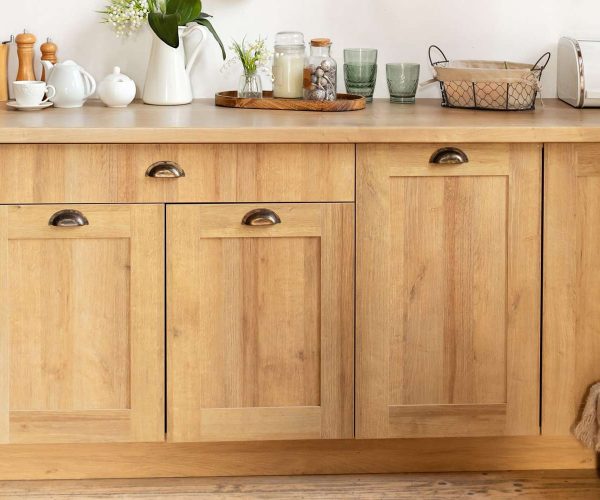
Wooden Cabinets
Upgrade your home or office with our beautifully crafted wooden cabinets. Made from premium-quality wood, these cabinets combine durability with elegant design, providing both style and functionality. Ideal for storing essentials

Wooden Furniture
Experience the timeless elegance and durability of our wooden furniture collection. Crafted from high-quality wood, each piece combines classic design with modern functionality, adding warmth and sophistication to any space

Door & Windows
We offer expert installation, repair, and replacement services for all types of doors and windows. Enhance your home’s beauty, security, and energy efficiency with our quality solutions.
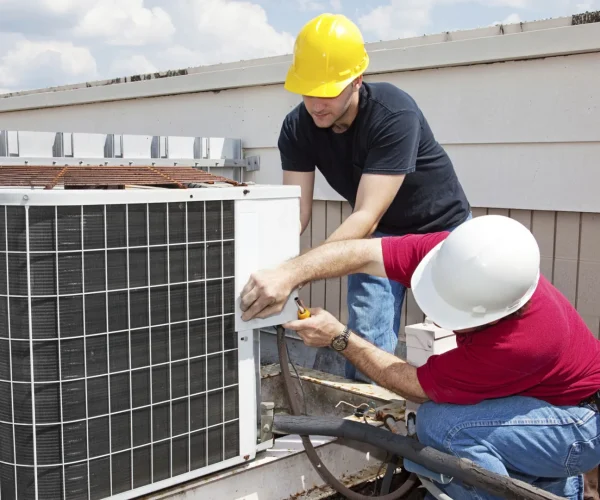
AC Services
Keep your home cool and comfortable with our professional AC services. We offer installation, repair, and maintenance for all air conditioning systems to ensure top performance year-round.
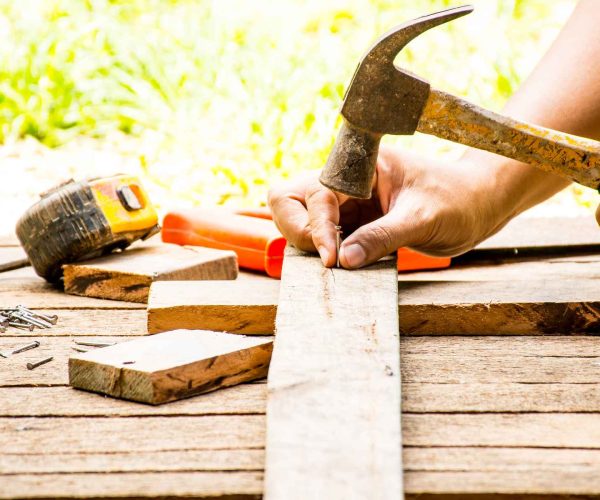
Wooden Repairing
We specialize in repairing and restoring all types of wooden furniture, doors, and fixtures. Our skilled craftsmen bring back the beauty and strength of your woodwork with expert care.
Testimonials
Our Customer Say
"I had a fantastic experience with this service! From the very first call, the team was professional, knowledgeable, and attentive to my needs. They arrived on time, assessed the problems in my home, and provided clear solutions. The work was done efficiently, and they paid attention to even the smallest details. I am extremely satisfied with the quality of their service and would recommend them to anyone looking for reliable home solutions."

Paul Gilbert
Client
"This company exceeded my expectations in every way. They handled a complex renovation project in my home with great care and professionalism. The staff was friendly, answered all my questions, and kept me updated throughout the process. Their work was precise, and the results were amazing — everything looks better than I imagined. I feel confident knowing that I can trust them for any future home repairs or improvements."

Jonathan
Client

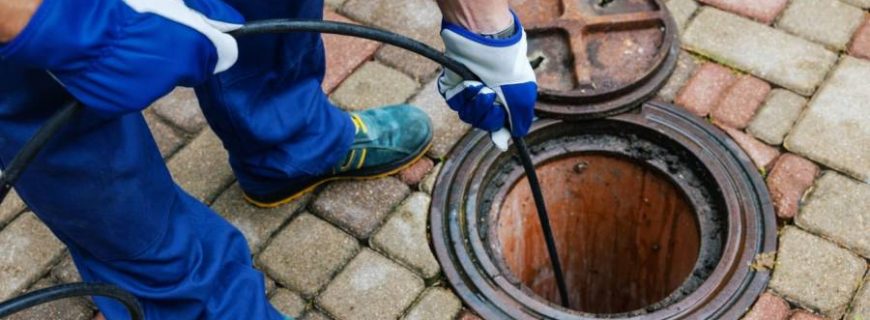
Contact Us
Let's Get In Touch
If you have any questions or problems simply use the following contact details.
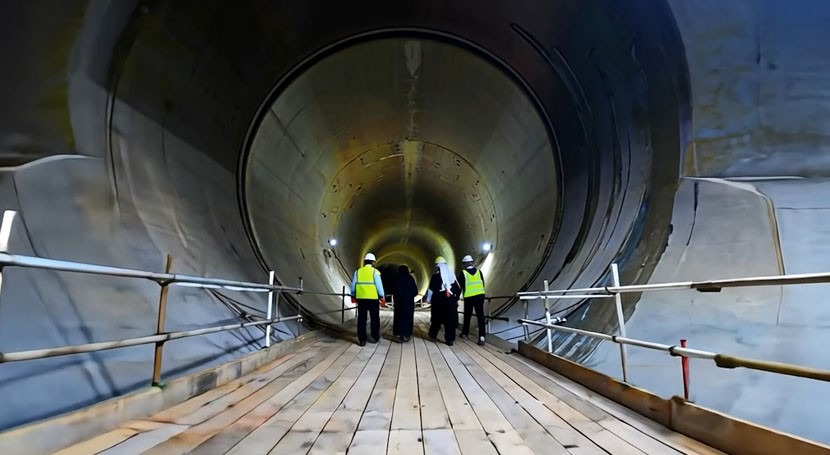
Explore Us
Services
Newsletter
We follow a smooth and transparent process to make sure you get the best results every time. From the first call to project completion, we handle everything with care and professionalism.
